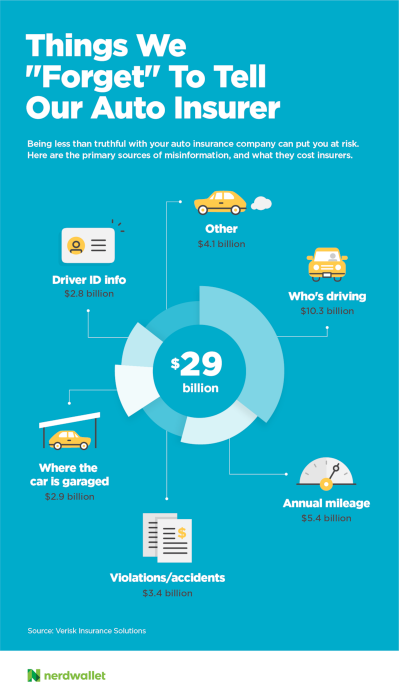As anniversaries go, an eighth is hardly remarkable. Yes, you survived the seven-year itch, but you’re still well shy of adecade. Even the suggested gifts for an eighth anniversary — pottery and bronze or linens and lace — are rather boring. Still, many investors will reflect fondly on this week’s eighth anniversary of the bull market in U.S. stocks. As inany relationship, there have been ups and downs. And though some investors have dubbed it the “most hated” bull market in history, many othershave plenty of reasons to love it. Here’s a look back at eight remarkable facts from its eight-year run.
1. One longer
Clocking in at more than 2,900 days since its March 9, 2009, beginning and a surge of about 250% for the Standard & Poor’s 500 Index, the current bull market is impressive. However, it still plays second fiddle to the longest bull market ever in U.S. stocks, which spanned 3,452 days in the 1990s. 2. Two lifts
The Federal Reserve has raised interest rates just two times since the financial crisis, in December 2015 and December 2016. In a speech last week, Chair Janet Yellen said another increase could happen as soon as this month when the central bank next convenes. » MORE: How to buy stocks
3. Triple your pleasure
The Dow Jones Industrial Average has more than tripled since it fell to a 12-year low of 6,547 in March 2009. Along the way, it has surpassed a series of new highs, including 20,000 and 21,000 levels this year. 4. Four free falls
Investors have endured four corrections — when the S&P 500 fell at least 10% from prior highs — during the past eight years. While these can be painful periods, they’re not as destructive as bear markets, defined as declines of 20% or greater. 5. 5% in five minutes
On the market open of Aug. 24, 2015, the S&P 500 tumbled 5.3% in the first five minutes of trading, in what later was dubbed a “flash crash.” The rout was spurred by global stock declines and technical issues, including a lack of liquidity in the market. » MORE: 5 best ways to invest $1,000
6. A steal at $6.53
In March 2009, you could pick up shares of General Electric Co. for as little as $6.53 each. The stock, which has been part of the 30-member Dow Jones Industrial Index on and off since it was established in 1896, has seen its stock price soar above $30 in the interim. 7. A 7.1% stampede
The largest single-day rally for the S&P 500 was March 23, 2009, the same day the Federal Reserve said it would finance purchases of distressed assets.
8. 8.7%out of work
When the bull market began in March 2009, the unemployment rate among U.S. workers ages 16 and older was 8.7% — and it climbed to as high as 10% later that year. Eight years later, the jobless rate was 4.8% as of January. » MORE: Best online brokers for stock trading
Anna-Louise Jackson is a staff writer at NerdWallet, a personal finance website. Email: ajackson@nerdwallet.com. Twitter: @aljax7. The article The Bull Market’s 8th Anniversary in 8 Numbers originally appeared on NerdWallet.





















